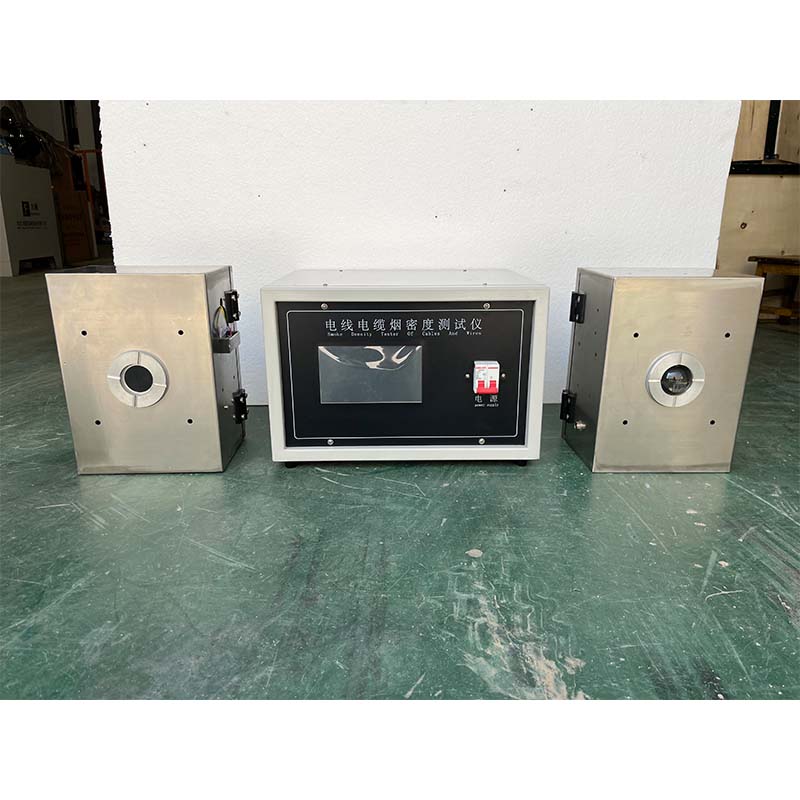Testing the Electrical Insulation Resistance for Optimal Equipment Performance and Safety
Understanding Electrical Insulation Resistance Testers
Electrical insulation resistance testers, often abbreviated as insulation resistance testers (IRT), are essential tools in the field of electrical engineering and maintenance. Their primary function is to measure the resistance of electrical insulation, which is crucial for ensuring the safety and reliability of electrical systems. In this article, we will explore the significance, working principles, and applications of these testers.
Importance of Insulation Resistance Testing
Electrical insulation serves as a barrier that prevents unwanted current leakage and protects both equipment and personnel from electrical hazards. Over time, insulation materials can degrade due to environmental factors, mechanical stress, and thermal aging. Regular testing of insulation resistance helps identify potential failures before they lead to catastrophic incidents such as electrical shocks, equipment damage, or fire hazards. Standards set by organizations like the International Electrotechnical Commission (IEC) mandate periodic insulation testing to ensure compliance and safety.
How Insulation Resistance Testers Work
Insulation resistance testers generally operate by applying a high DC voltage (often between 250V to 5000V) across the insulation material. The resistance is calculated by measuring the current that flows through the insulation when the voltage is applied. The formula used is Ohm's Law (Resistance = Voltage / Current). The result, expressed in megohms (MΩ), indicates the quality of the insulation; higher resistance values signify better insulation integrity.
Modern insulation testers are equipped with advanced features, including digital displays, data logging capabilities, and various test voltages tailored for different applications. Some models also automatically calculate the dielectric absorption ratio and polarization index, providing a comprehensive analysis of insulation health.
Applications of Insulation Resistance Testers
electrical insulation resistance tester

Insulation resistance testers are widely used in various industries, including
1. Electrical Inspections Electricians regularly use IRTs during installation or maintenance tasks to ensure that newly installed wiring and devices meet safety standards.
2. Routine Maintenance Regular testing of motors, transformers, panel boards, and cables helps prevent unexpected downtimes and failures in industrial settings.
3. Safety Compliance Organizations must demonstrate compliance with safety regulations, making insulation resistance testing a crucial practice for risk management and liability reduction.
4. Renewable Energy In solar and wind energy installations, ensuring the reliability of insulation in harsh environments is vital for long-term performance.
Conclusion
Electric insulation resistance testers are invaluable instruments used to safeguard electrical infrastructure and ensure operational efficiency across various sectors. By regularly assessing insulation quality, organizations can not only protect their equipment and personnel but also optimize maintenance schedules and minimize unexpected failures. As technology continues to advance, the functionality and accuracy of insulation resistance testers are expected to improve, further enhancing electrical safety standards.
-
Why the Conductor Resistance Constant Temperature Measurement Machine Redefines Precision
NewsJun.20,2025
-
Reliable Testing Starts Here: Why the High Insulation Resistance Measuring Instrument Is a Must-Have
NewsJun.20,2025
-
Flexible Cable Flexing Test Equipment: The Precision Standard for Cable Durability and Performance Testing
NewsJun.20,2025
-
Digital Measurement Projector: Precision Visualization for Modern Manufacturing
NewsJun.20,2025
-
Computer Control Electronic Tensile Tester: Precision and Power for the Modern Metal Industry
NewsJun.20,2025
-
Cable Spark Tester: Your Ultimate Insulation Assurance for Wire and Cable Testing
NewsJun.20,2025
 Copyright © 2025 Hebei Fangyuan Instrument & Equipment Co.,Ltd. All Rights Reserved. Sitemap | Privacy Policy
Copyright © 2025 Hebei Fangyuan Instrument & Equipment Co.,Ltd. All Rights Reserved. Sitemap | Privacy Policy
